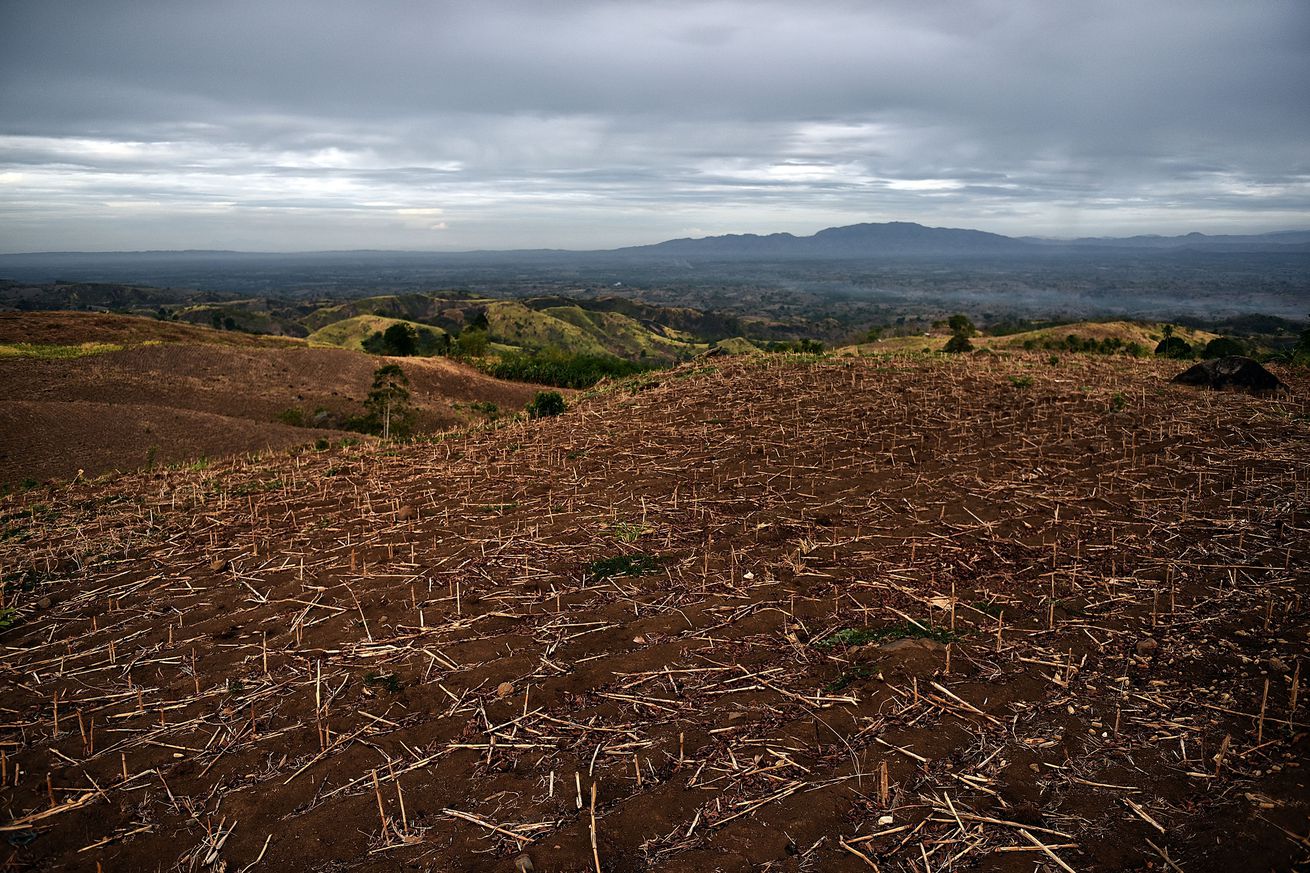
El Niño is here, and that usually means more wacky weather
The notorious climate pattern known as El Niño has arrived, the National Oceanic and Atmospheric Administration (NOAA) announced today. El Niño often triggers more extreme weather around the world, although we’ll have to wait and see how things shake out this year.
Heat is one of its trademarks. A warning from the World Meteorological Organization (WMO) in May said that this year’s El Niño, combined with climate change, might “push global temperatures into uncharted territory.” The world’s hottest year on record was 2016, the last time a strong El Niño developed (there was a weak one from 2018-2019).
Heat is one of its trademarks
There’s an 84 percent chance of a “greater than a moderate strength El Niño” developing by the winter, according to NOAA. And there’s a 56 percent chance of a strong El Niño taking shape.
In the US, El Niño’s effects are relatively weak throughout the summer but intensify in the fall, winter, and spring seasons. That usually means a wetter winter along the southern half of the country and a warmer-than-normal winter in the north.
During an El Niño, trade winds weaken over the Pacific Ocean, allowing warm water that otherwise would have been pushed westward toward Asia to flow back east. That warm water pushes the Pacific jet stream, a fast-flowing air current, southward — influencing the weather.
The global economy tends to take a big hit whenever El Niño arrives as a result. This year’s El Niño could take a whopping $3 trillion toll in damages globally, according to research published last month.

